Market Analysis
In-depth Analysis of Europe Cell Counting Market Industry Landscape
The EMEA region is witnessing rapid technological advancements in cell counting methodologies. Automated cell counters, flow cytometers, and image-based cell counting systems are gaining prominence, offering more accurate and efficient solutions. This technological progress is a driving force behind the evolving dynamics of the cell counting market in the region. The EMEA region achieves significant growth in the biopharmaceutical and biotechnology industry. Such is the growth that has been fueling demand for accurate cell counting techniques in areas such as pharmaceutical development, bioprocessor and research which have acted to drive overall market dynamics. All over the EMEA and world there is increased emphasis on stem cell research. This focus is fueling the demand for sophisticated cell counting techniques that can precisely measure various types of cells in different research and therapeutic uses, affecting market dynamics positively. Many funds have been put towards life sciences in the EMEA region, which has helped facilitate innovation and developments of cell counting technologies. The market is growing due to the investments made by research institutions, biotech companies as well as academic laboratories in advanced cell counting solutions. The EMEA regional cell counting market is widening applications in clinical diagnostics. Cell counting is an important part of diagnostic purposes such as detection and monitoring cancerous cells, immune system assessment or infectious disease circulation. This widening of applications is on the one hand leading to a broadened market. Automated cell counting systems have been gaining popularity in the EMEA region and is a prominent trend observed. Such systems provide better throughput, replicability and accuracy as compared to manual counting methods. The transition towards automation is transforming laboratory workflows and impacting market dynamics. The EMEA cell counting market has increasingly started observing collaborations and partnerships among the renowned industry players along with academic institutes. Joint ventures help the market in utilizing resources, exchange knowledge and create new technology based products to count cells that are innovative while sustaining competition. The rigid regulatory frameworks of pharmaceutical and biotechnology industries have amplified the demand for sturdy cell counting solutions in EMEA region. Adherence to the regulatory compliance and maintaining standards in cell-based research as well as manufacturing processes are key factors that affect market dynamics. Competition levels prevail in the EMEA cell counting market, with companies having to participate in strategic initiatives like mergers and acquisitions that boost their standing. Such consolidation is shaping the competitive landscape and overall market dynamics. Ongoing developments in healthcare infrastructure across the EMEA region are contributing to the growth of the cell counting market. The expansion of healthcare facilities and research institutions creates a conducive environment for the adoption of advanced cell counting technologies.

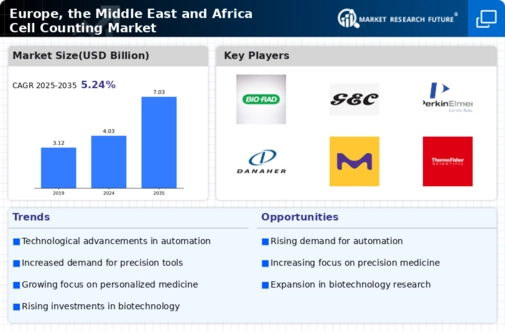
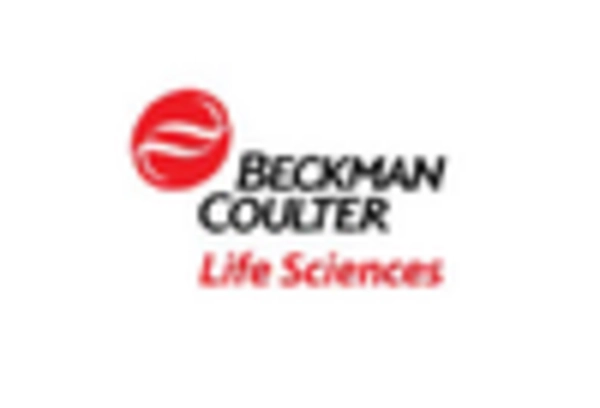
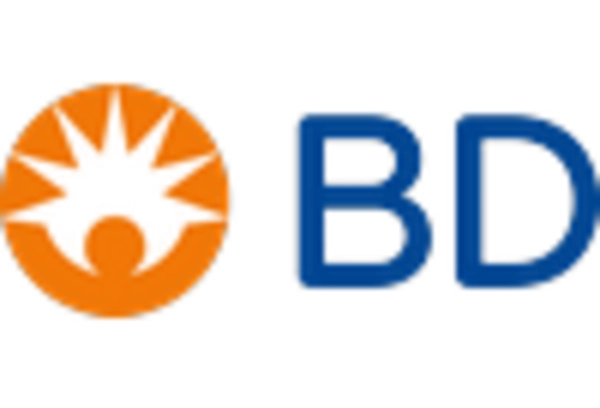
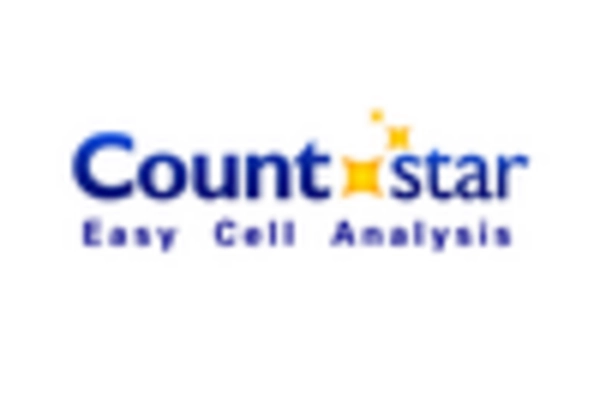
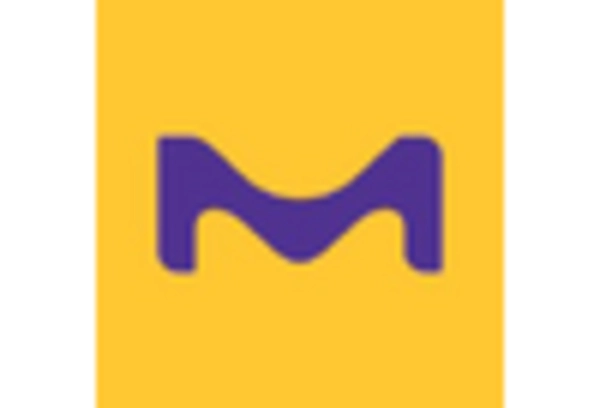
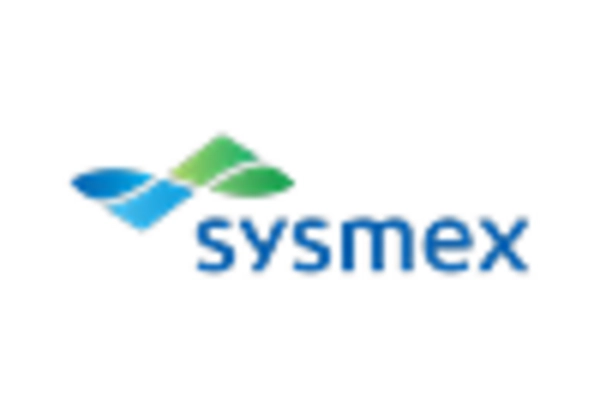
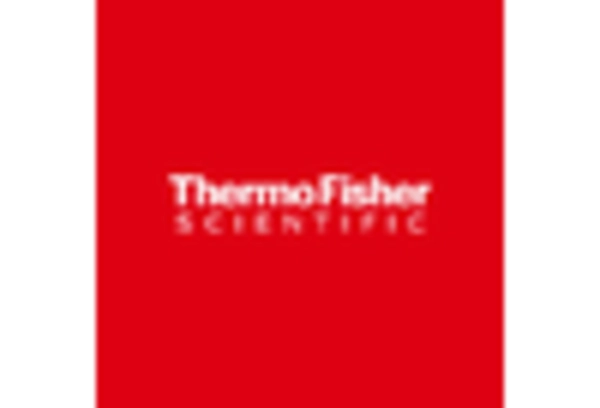









Leave a Comment